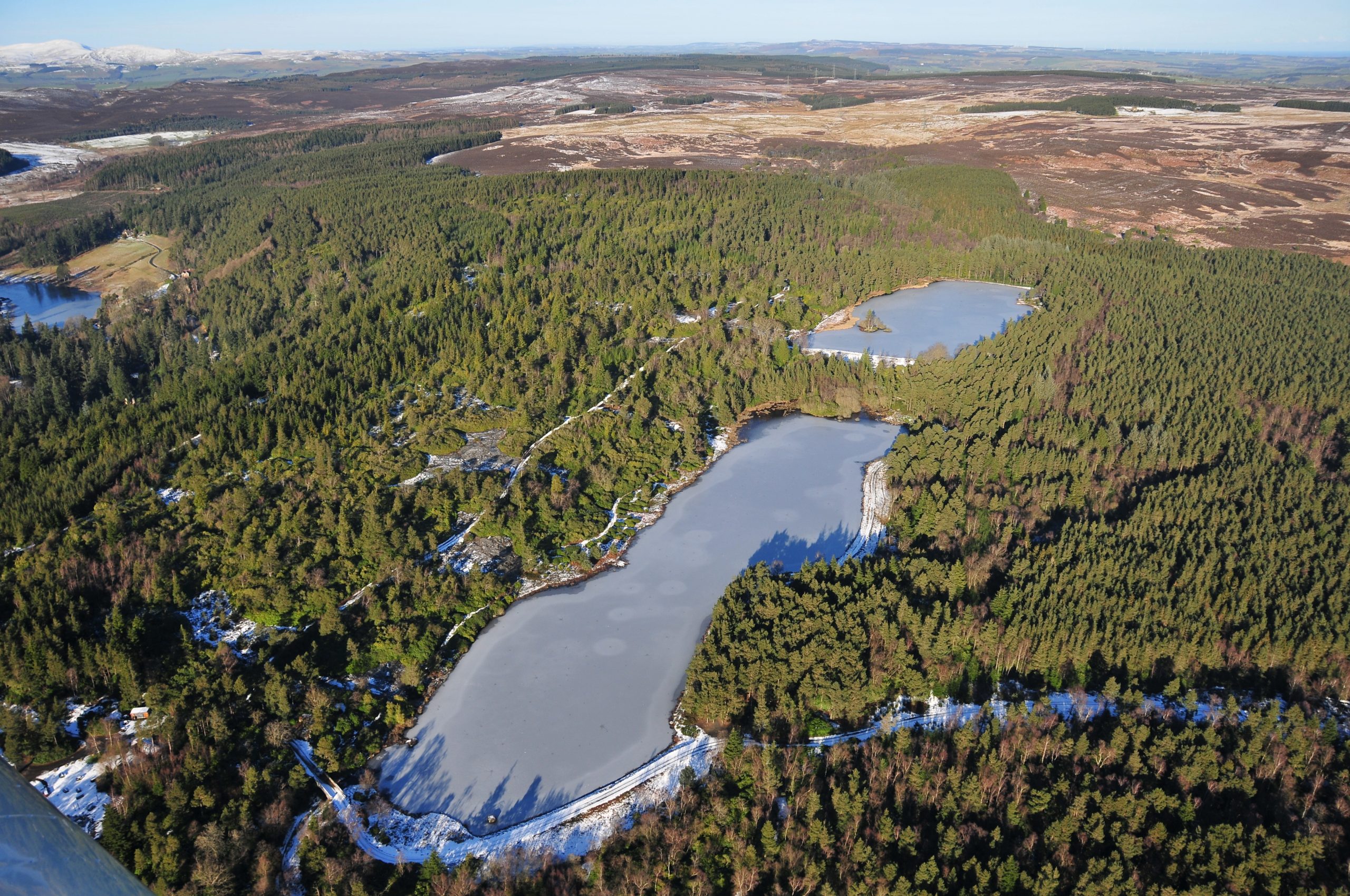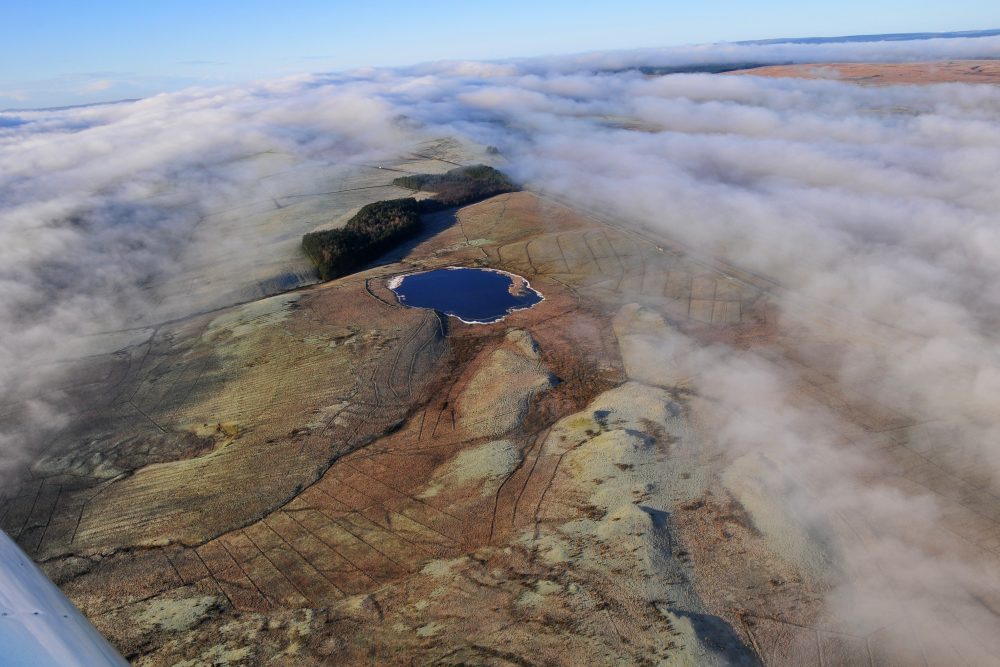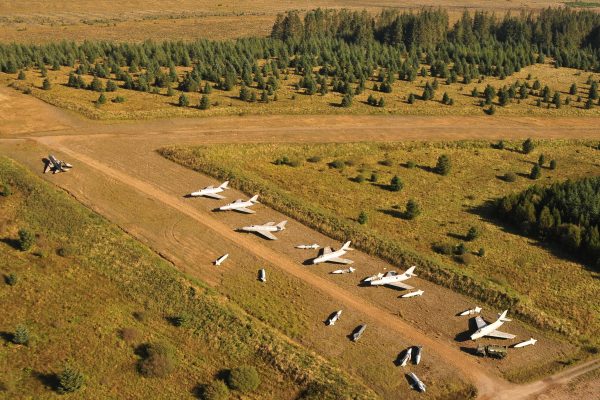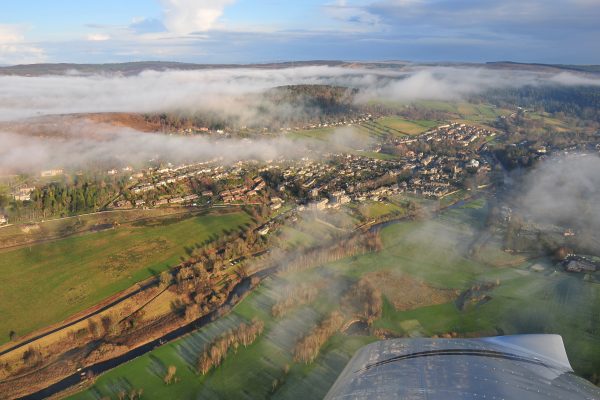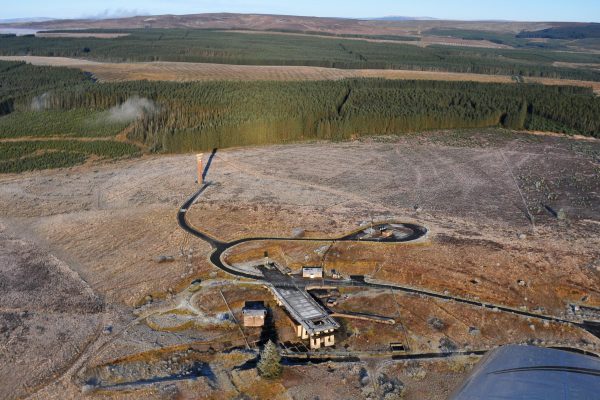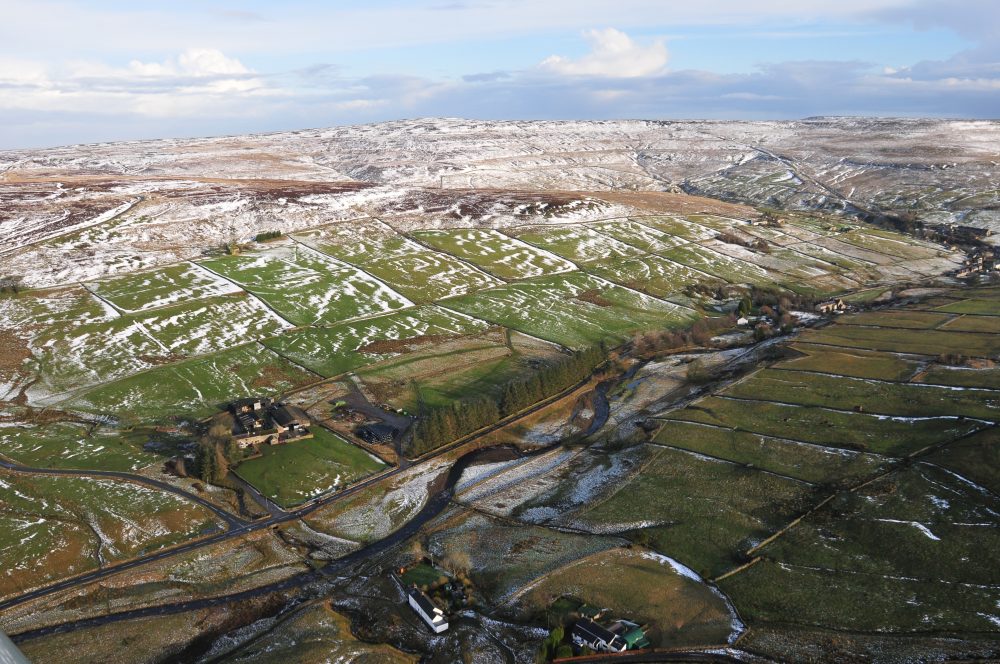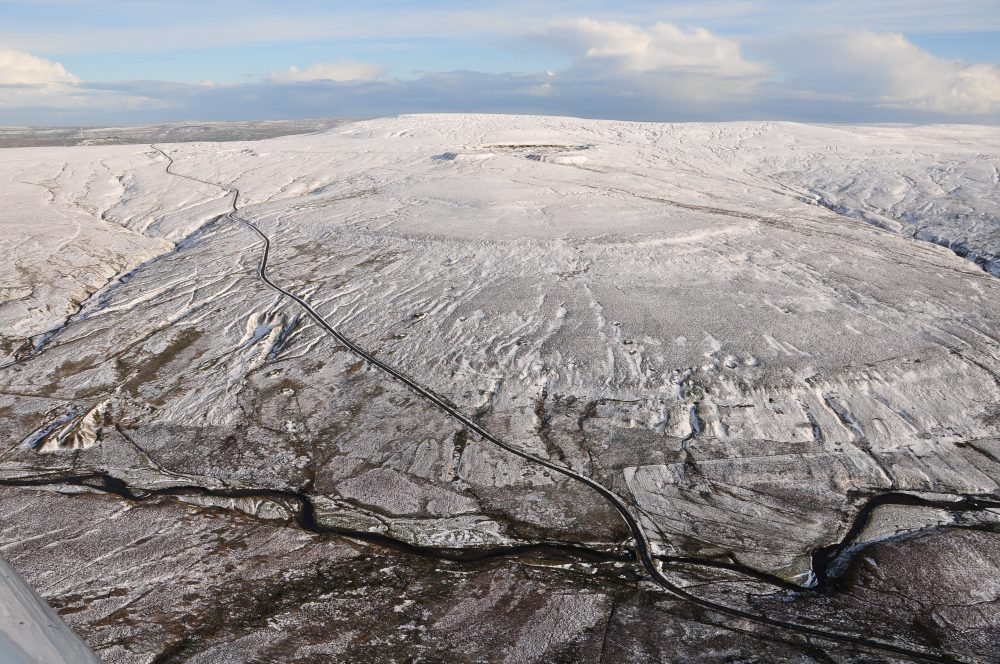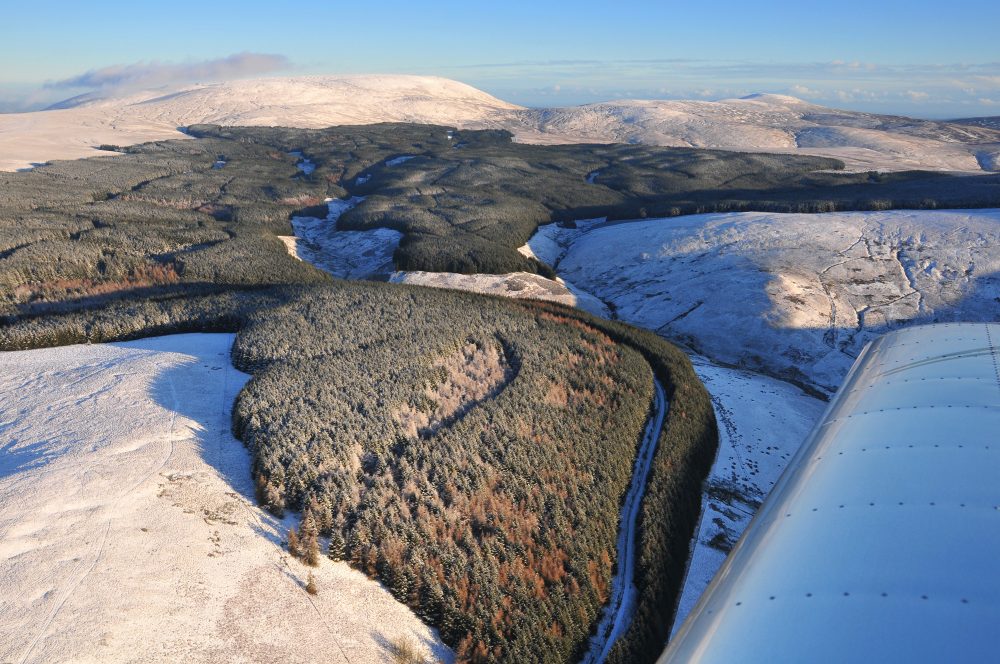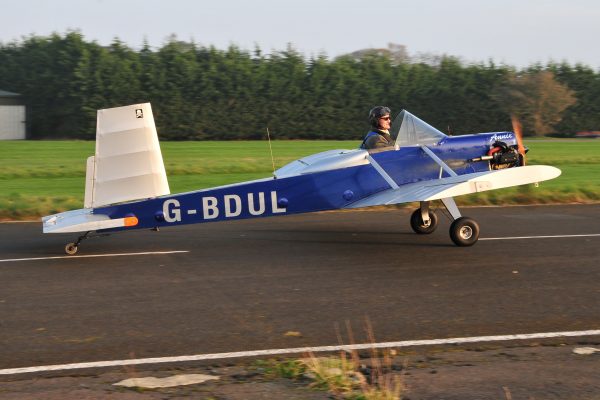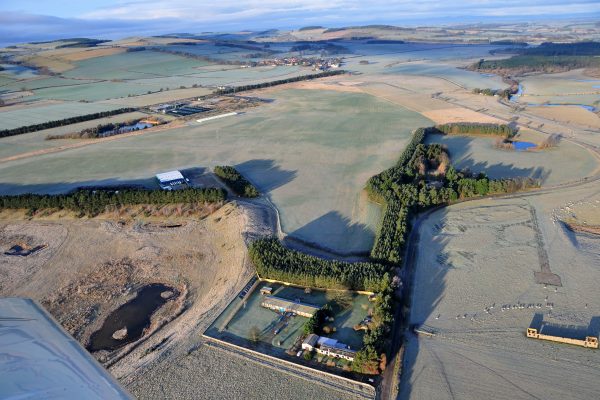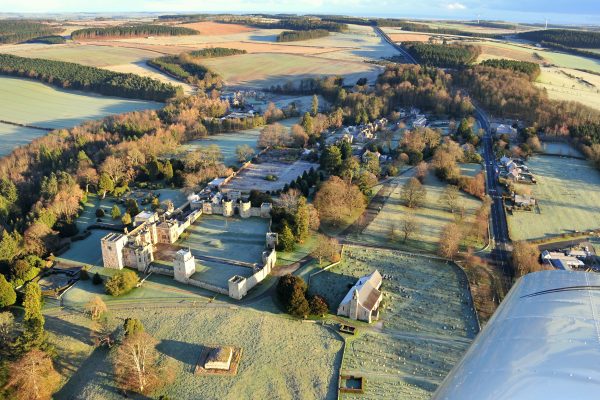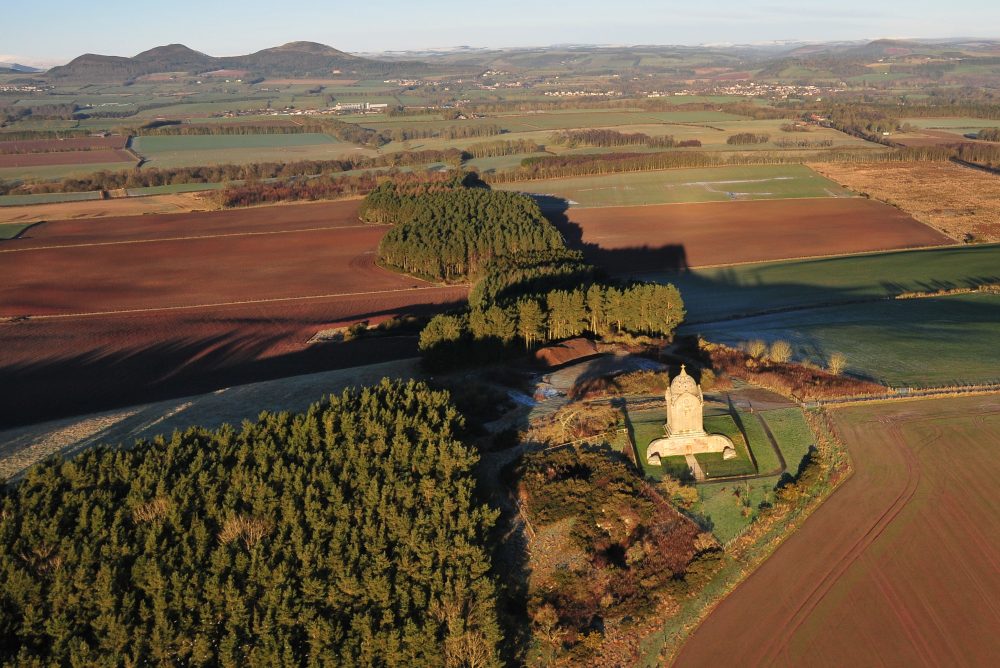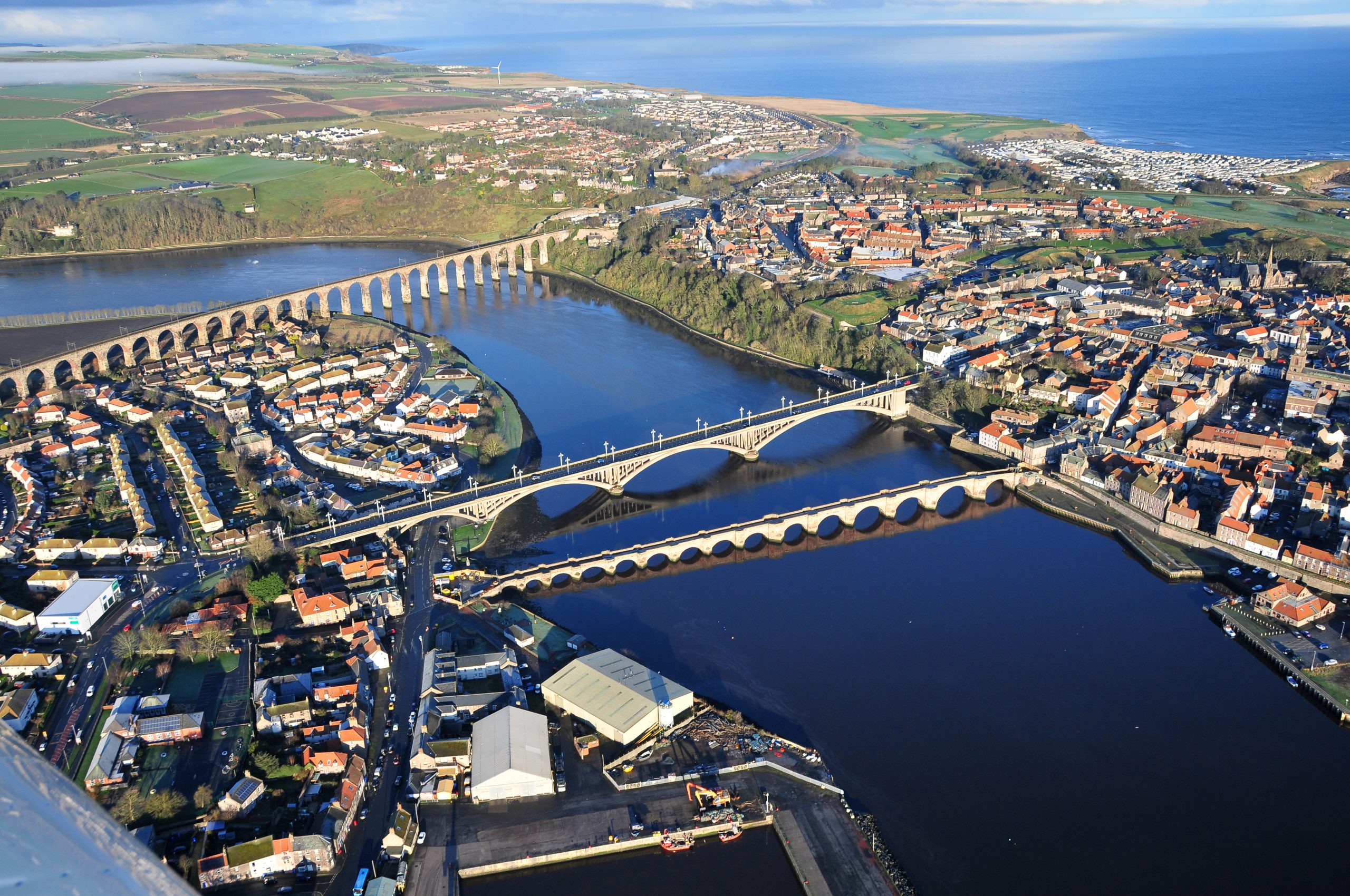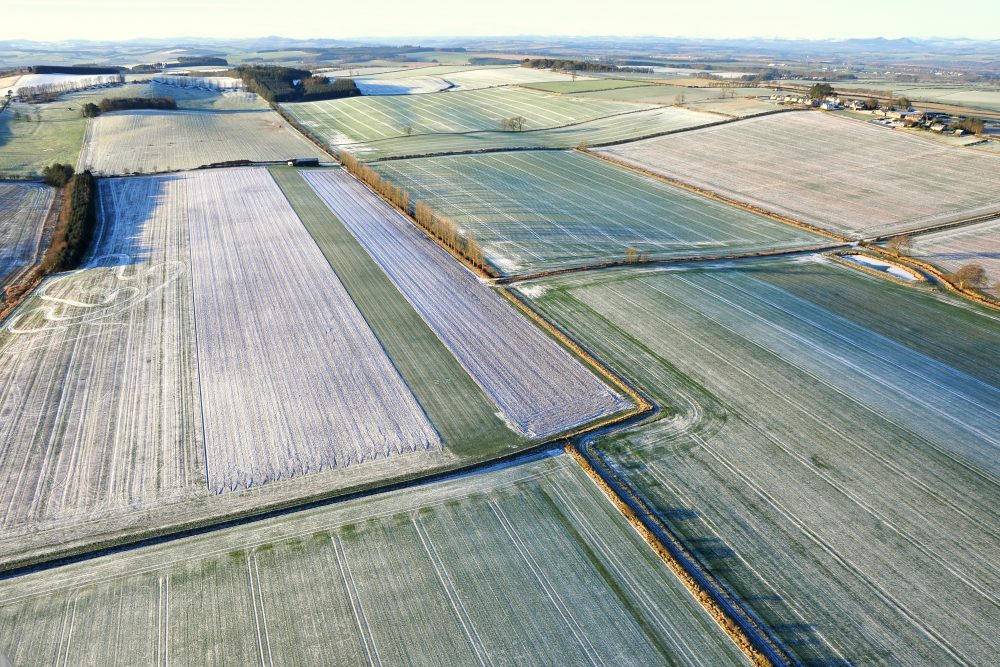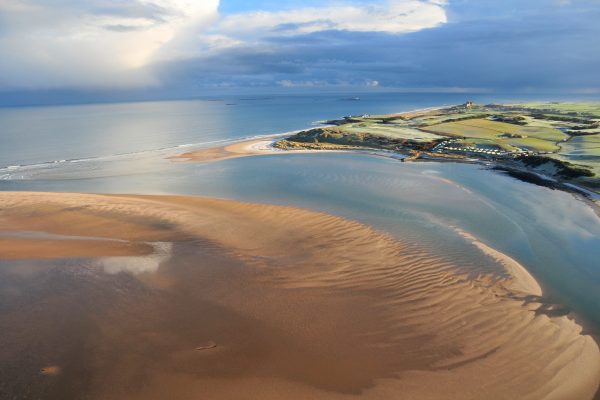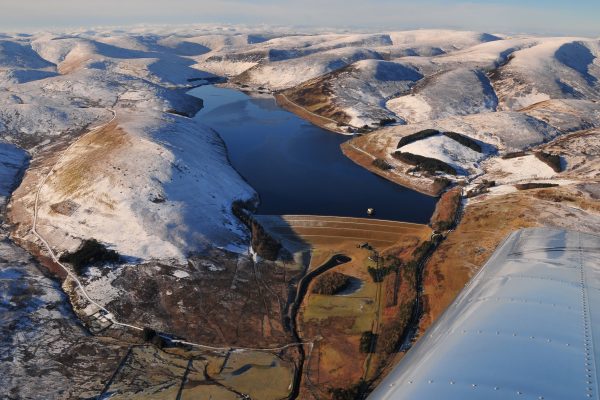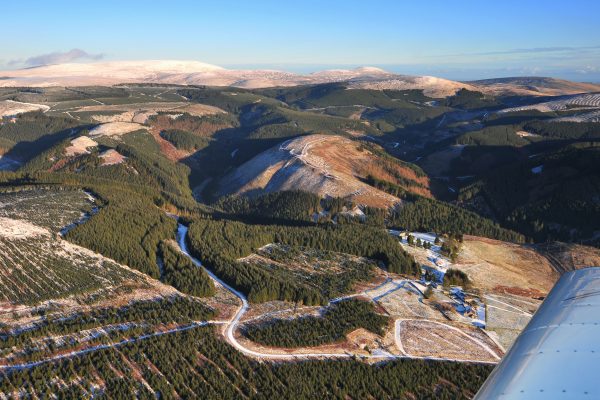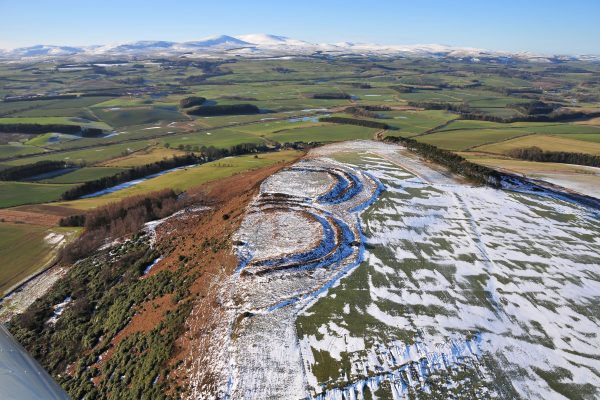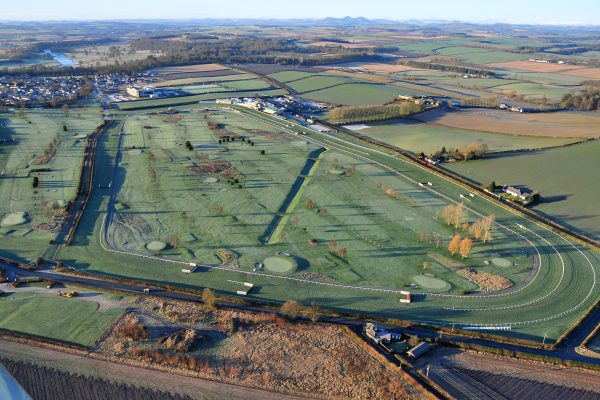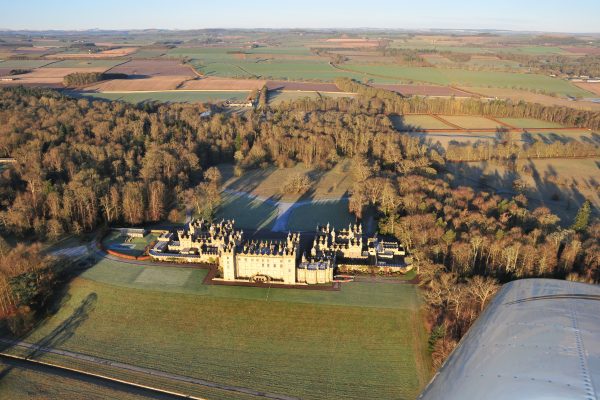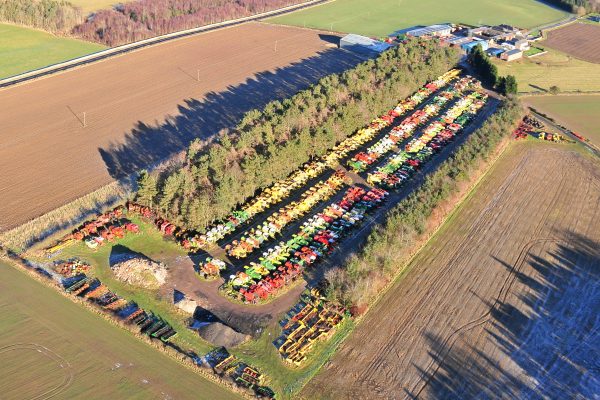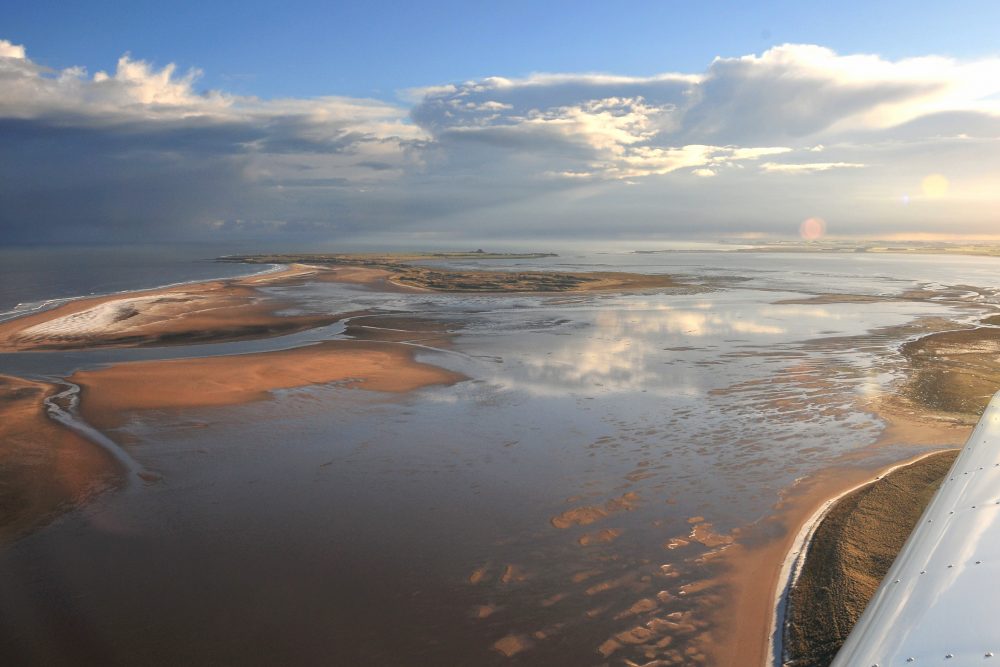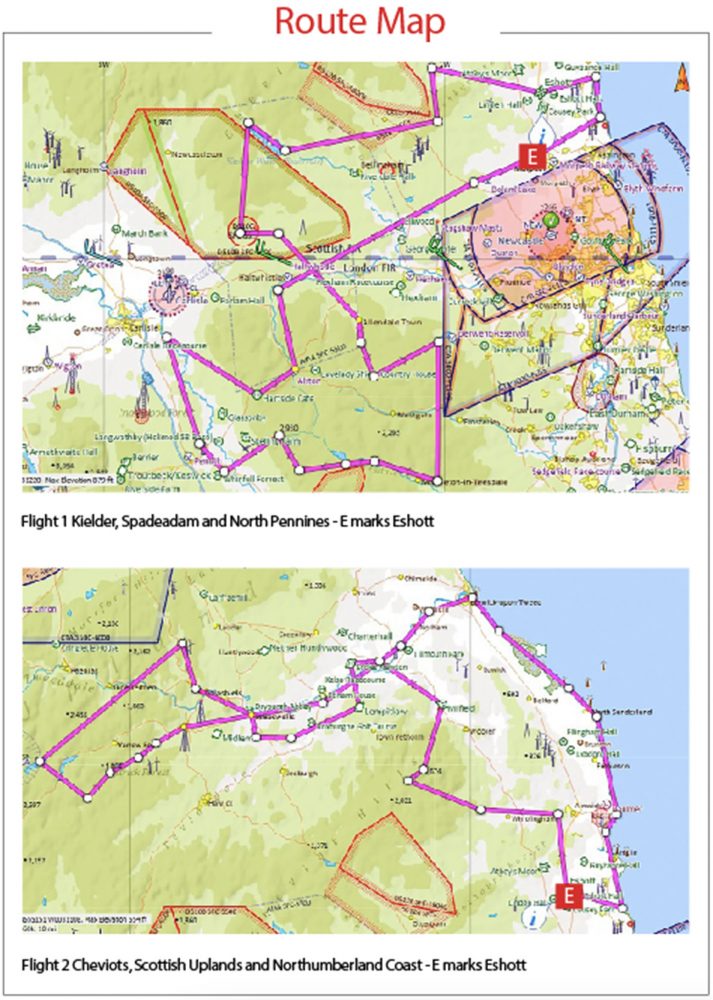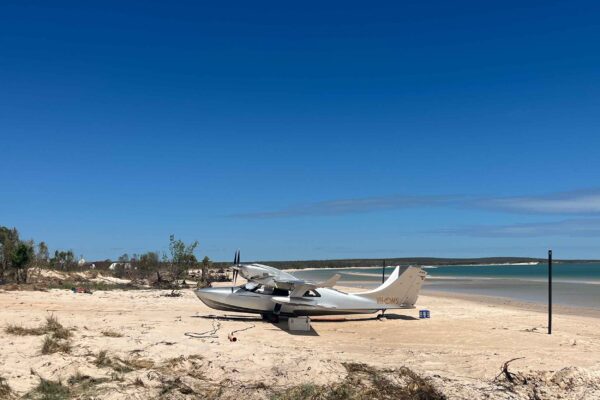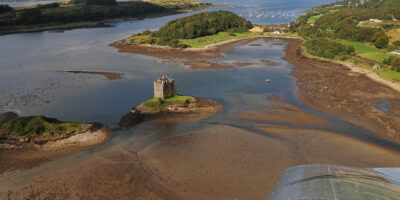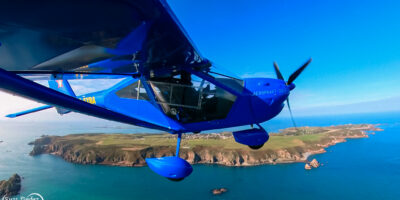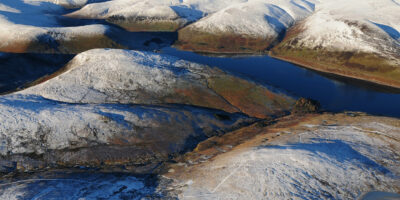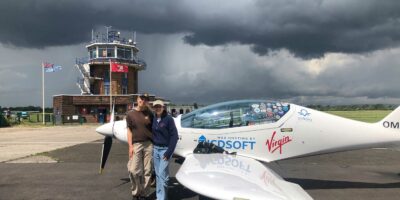After four stops, Hawker arrived at Beadnell at 1930, having covered 495 miles in a day in nine hours and 18 minutes, a world record at the time. Their unscheduled arrival (due to loss of coolant) caused a sensation as many people had never seen an aeroplane. One local lad was recorded as shouting, “Lookee yonder, there’s a muckle gate coming over Point End!”
After a night as guests of Colonel Craster, they again set off and made Oban the following night. On day three, the expedition ended as they crashed on approach to land near Dublin, Hawker was unhurt although Kauper broke his arm. While they did not complete the challenge, the Daily Mail awarded them £1,000 for completing around 1,043 miles of the 1,540-mile course.
Hawker went on to be test pilot for Sopwith and played a key role in the development of the Pup
and the Camel. In 1920 he formed the HG Hawker Engineering company with Tommy Sopwith but sadly died soon after, aged just 32, in a Nieuport Goshawk while practising for the 1921 Hendon
Air Pageant.
Having been airborne for three hours, my own personal endurance challenge was about over and I returned to nearby Eshott.
Despite all the challenges of 2020, I enjoyed a fabulous flying year, visiting 83 different fields with great friends in 145 hours aloft. But with an aeroplane and a bit of imagination, you really don’t have to go far to enjoy a brilliant adventure.
Looking beyond the current surge, I’m full of optimism, really looking forward to getting the jab – and see you on the other side…


